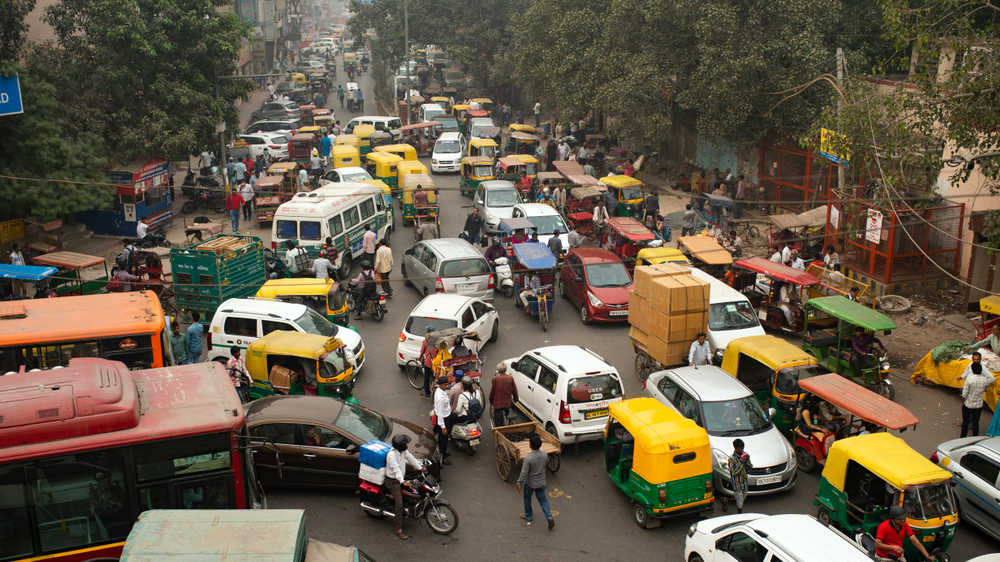The outcome of irresponsibility is seldom favourable; in the worst case, recklessness can even lead to the loss of lives. The latter is what the new Motor Vehicles Act — the amended legislation was passed by Parliament in July last year — aimed to prevent or, at least, significantly reduce. That, unfortunately, does not seem to have happened for the most part. According to new data from the National Crime Records Bureau, while the number of road crashes stood at 4.37 lakh for 2019 — it has come down marginally since 2018 — two-wheeler deaths accounted for 38 per cent of all road fatalities. This figure was around 35 per cent in 2018. Moreover, national highways continue to be the site of the highest number of accidents. When these numbers are viewed in conjunction with data that show that over 80 per cent of road accident-related fatalities in the country occurred on account of speeding or dangerous driving, it becomes clear that the law has not had its intended effect. In fact, a large number of states had either resolved to not implement the new rules under the amended legislation or had significantly diluted the heftier penalties it prescribed, thereby rendering the legislation ineffectual. How is a road safety law supposed to work if it meets with such vociferous opposition from populist governments?
The implications of these findings are deeply worrying. It is clear that the failure to ensure road safety can be attributed to a lethal combination of administrative apathy and poor implementation of laws. The latter, undoubtedly, is a key contributor to the problem: in the Global Status Report on Road Safety 2018, which analysed the traffic laws of 175 countries, the enforcement of laws on speeding and drink driving in India were rated 3 and 4 out of 10, respectively. Comparatively, China notched up a rank of 8 and 9 for these same parameters and Sri Lanka was rated 9 on both counts. Even though structural changes along with focused awareness campaigns can make a difference, the likelihood of India’s roads turning safer without the active engagement of ordinary citizens is low. There is a case for making road safety a matter of public responsibility in India, especially given the marked lack of collective consciousness around protecting lives — this is evident, for instance, in the regular sight of helmetless children riding pillion on motorcycles. Policy must be designed to push for such a meaningful transformation so that all stakeholders — citizens, law enforcement agencies and the government — begin to prioritize road safety.










